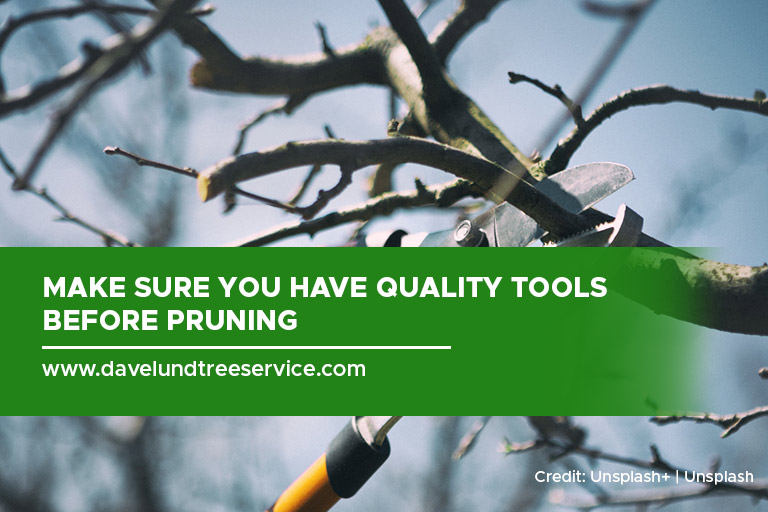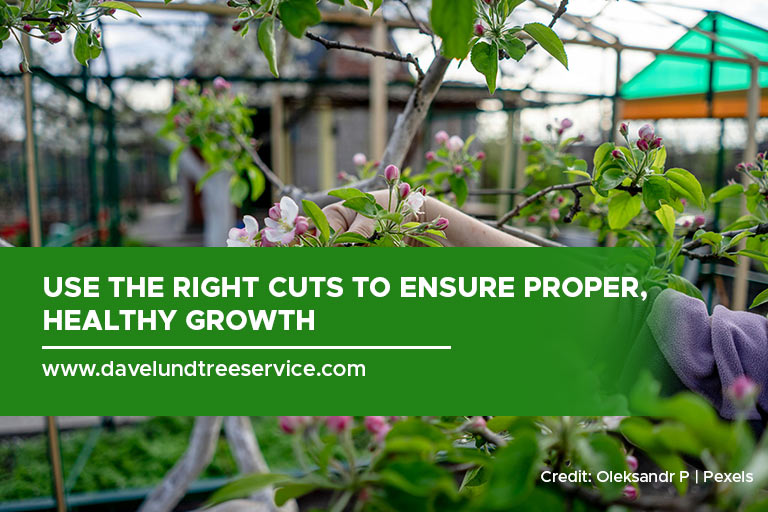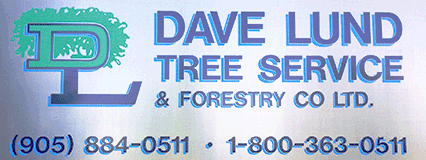As the vibrant hues of spring paint Newmarket in a canvas of colour, homeowners often turn their attention to sprucing up their outdoor havens. While flowerbeds and patios get their fair share of TLC, don’t forget the towering giants – your trees! Proper tree pruning during Newmarket’s changing seasons is akin to spring cleaning for your trees, promoting healthy growth, enhancing aesthetics, and even increasing safety. But with a variety of tree types and ever-shifting weather patterns, knowing when and how to prune can feel daunting. Fear not, fellow Newmarket residents! This guide will equip you with the top tips for pruning your trees, ensuring they thrive throughout the year.
Understanding Newmarket’s Seasons and Their Impact on Pruning
Like the rest of Canada, Newmarket is also subject to the four seasons, each impacting how trees respond to pruning. Here’s a breakdown:
Spring (April-May)
Ideal for most pruning tasks. Trees are dormant or just starting to bud, minimizing stress and promoting rapid healing. This is the prime time for shaping the crown, removing deadwood, and thinning branches for improved air circulation and light penetration.
Summer (June-August)
While some minor pruning can be done, it’s generally best to avoid major cuts during the hottest months. The tree’s energy is focused on growth, making it more susceptible to disease and insect infestation from pruning wounds. However, this can be a good time for suckers and water sprouts removal.
Fall (September-October)
Pruning during fall can also prove a risky endeavour, as trees are entering dormancy and wounds heal slower. However, it can be suitable for minor cuts on healthy trees, especially to remove diseased branches or prepare for winter storms.
Winter (November-March)
Trees are completely dormant at this time, making them the least susceptible to disease after pruning. However, extreme cold temperatures can damage any exposed wood. Prune only when temperatures consistently stay above freezing, and avoid pruning trees with brittle wood like maples, which are prone to winter breakage.
Remember: These are general guidelines. Always consider the specific type of tree and its unique pruning needs.
Top Pruning Tips for Newmarket’s Homeowners:
1. Identify Your Tree
Knowing your tree’s species is crucial. Different tree types have preferred pruning times and techniques. Resources like the Canadian Forestry Service’s index of tree species can help with identification.

2. Gather the Right Tools
Invest in sharp, clean pruning shears for branches under 1 centimetre in diameter, loppers for branches up to 2 centimeters, and a pruning saw for larger cuts. Proper tools ensure clean cuts that heal faster and minimize the risk of infection.
3. Safety First
Always prioritize safety, safety always comes first. Wear gloves to protect your hands and sturdy footwear for stability. If pruning involves reaching high branches, consider using a sturdy ladder with a spotter or hire a professional arborist for larger or hazardous trees. While you’re at it, it’s also a good idea to familiarize yourself with some of the dos and don’ts of safe pruning to ensure you maintain safety as you work.
4. Start with the Basics
Before diving into major cuts, remove dead, diseased, or damaged branches first. These branches are not contributing to the tree’s health and can be a breeding ground for pests and diseases. Keep an eye out for branches that are brittle, discoloured, or have visible cankers or oozing sap.

5. Thinning vs. Heading Cuts
There are two main types of pruning cuts: thinning and heading. Thinning cuts remove entire branches back to their point of origin, promoting air circulation and light penetration within the canopy. Heading cuts shorten branches, typically used to control size or shape the crown. For most pruning needs, thinning cuts are preferred as they encourage healthy growth.
6. The Three-Cut Method
For larger branches (over 2 centimetres), use the three-cut method to prevent bark tearing:
- Make an undercut 2 to 5 centimetres below the branch on the underside to prevent ripping when the branch breaks.
- Make the main cut just outside the branch collar (the swollen area where the branch meets the trunk) to remove the branch completely.
- Make a final cut to remove the stub left from the undercut, creating a clean, angled cut that promotes healing.
7. Know Your Cuts
Avoid flush cuts (cutting a branch right at its point of origin) or stub cuts (leaving a short stub). Flush cuts can damage the branch collar, hindering healing, while stub cuts encourage decay. Always make clean cuts that follow the natural curve of the branch.
8. Less is More
While it’s tempting to drastically reshape your tree, avoid removing more than 25% of the canopy at once. Over-pruning can stress the tree and hinder its ability to produce leaves and photosynthesize. Over-pruning can also make trees more susceptible to infection, the wounds left over after pruning being a notable vulnerability. In particular, oak are vulnerable to spring infections, so take extra care in case you have oak trees in your yard. Take your time, and prune gradually over a few seasons if necessary.
9. When in Doubt, Call a Professional
Tree pruning, especially for large, mature trees, or those with structural issues, can be a complex task. If you’re unsure about a specific cut, the size or type of your tree, or your own abilities, don’t hesitate to call in a certified arborist. These professionals have the training and experience to ensure proper pruning techniques are followed, minimizing risk to you and your tree.
10. Be Mindful of Wildlife
Trees provide vital habitat for many creatures, including birds and squirrels. Schedule pruning outside nesting seasons (typically spring and early summer) to avoid disturbing nesting birds or their young. Additionally, avoid removing large hollows or cavities in mature trees, as these can be homes for wildlife.
11. Cleaning Up After Yourself
Once you’ve finished pruning, properly dispose of the branches and debris. Small branches can be composted, while larger ones can be taken to a local yard waste depot. Avoid burning tree trimmings in your backyard, as this can be hazardous and contribute to air pollution.
Spring cleaning isn’t just for your home; it’s essential for your trees as well! With Newmarket’s distinct seasons, understanding the right time and techniques for pruning is crucial. By following the tips outlined in this guide, you’ll be well-equipped to tackle basic pruning tasks and keep your trees thriving. Remember, when in doubt, consulting a certified arborist is always recommended, especially for larger or mature trees.
When it comes to professional arborists to help you prune your trees, you can’t go wrong with Dave Lund Tree Service & Forestry Co. Ltd. We have over 40 years’ experience working with trees to ensure yours get quality care to keep them strong and healthy. Give us a call now at (905) 884-0511 for care that treats your trees right.
